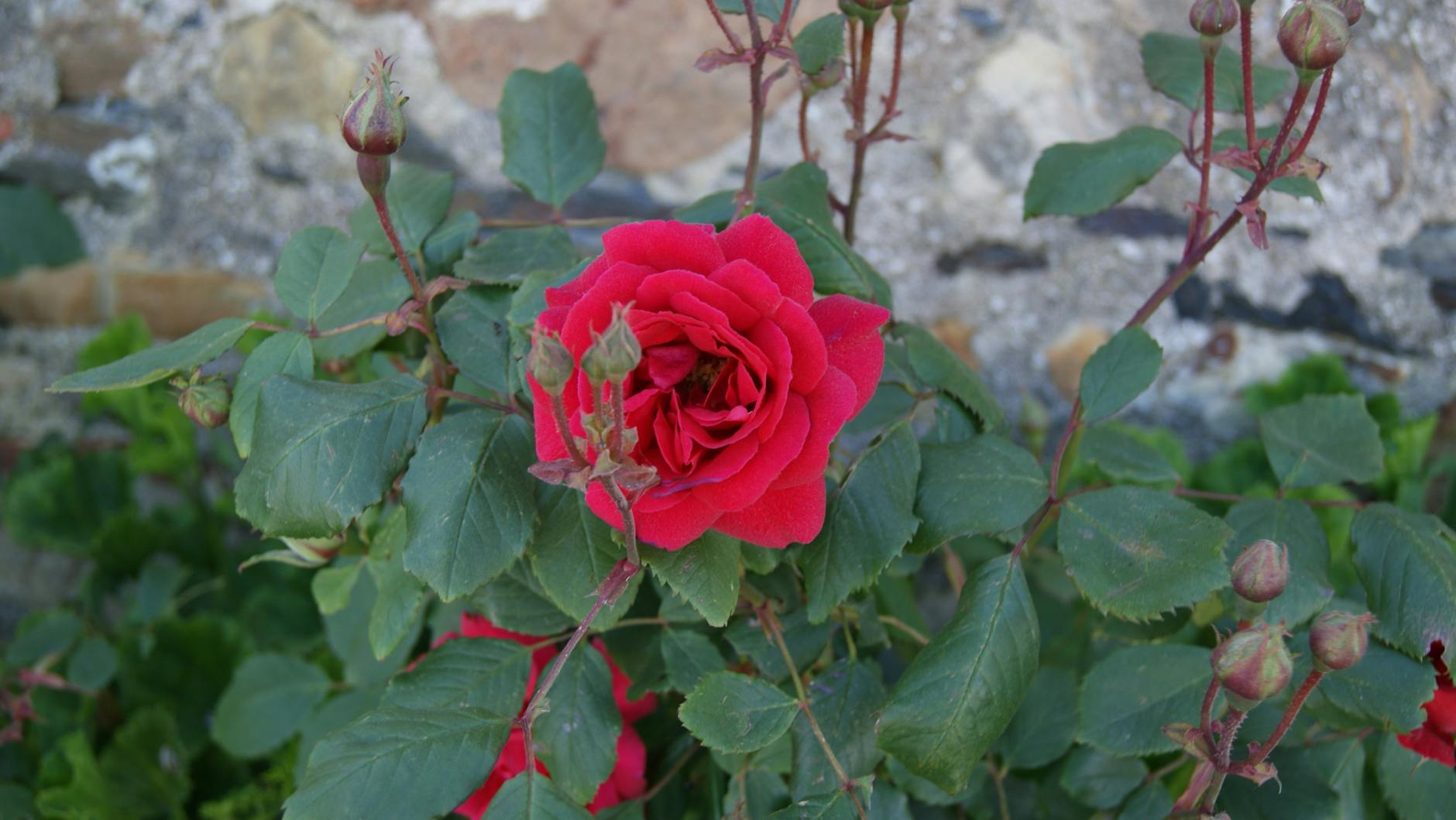
Magenta plants, also known as magenta spathiphyllum or peace lilies, are popular indoor plants loved for their vibrant pink flowers and lush green foliage. These striking plants add a touch of elegance and beauty to any space they occupy. But have you ever wondered where this stunning plant originated from? In this article, we will explore the origin of magenta plants and delve into their fascinating history.
The Discovery of Magenta Plants
The discovery of magenta plants can be credited to Gustav Wallis, a German plant collector. Wallis was well-known for his botanical expeditions to various parts of the world in search of rare and exotic plant species. In the late 19th century, during one of his trips to the rainforests of South America, he stumbled upon a unique plant species with large, glossy leaves and vibrant pink flowers. Fascinated by its beauty, Wallis collected samples and brought them back to Europe.
Naming the Plant
Upon returning to Europe, Wallis presented his newly discovered plant to his friend and fellow botanist Heinrich Schott. Together, they closely examined the plant and conducted extensive research to classify it properly. After much deliberation, they determined that the plant belonged to the Spathiphyllum genus within the Araceae family.
Schott decided to name this new species after his close friend, Magenta von Mystikos, as a way to honor him for his contributions to botany. The name “magenta” was chosen due to its resemblance to the deep pink color associated with the aniline dye known as magenta.
Natural Habitat
Magenta plants are native to the rainforests of Central and South America. They thrive in the warm and humid conditions of these regions, where they can be found growing on the forest floor. The plants prefer shaded areas with filtered light, as direct sunlight can scorch their delicate leaves.
Cultural Significance
In addition to their visual appeal, magenta plants also hold cultural significance in various parts of the world. In many Asian cultures, peace lilies are believed to bring good luck and prosperity to homes and businesses. They are often given as housewarming gifts or used as decorative elements during important ceremonies and festivities.
Popularity and Cultivation
Magenta plants gained popularity in Europe and North America during the late 19th century. Their stunning appearance and ease of cultivation made them a favorite among indoor plant enthusiasts. Today, magenta plants are widely cultivated and can be found in homes, offices, and public spaces across the globe.
Cultivating magenta plants is relatively straightforward. They require a well-draining potting mix and should be watered regularly to keep the soil slightly moist but not waterlogged. These plants also benefit from occasional misting to increase humidity levels. With proper care, magenta plants can thrive indoors for many years, bringing beauty and tranquility to any space.
Varieties of Magenta Plants
Over the years, several cultivars and hybrids of magenta plants have been developed. These variations offer a range of flower colors, leaf shapes, and sizes, allowing enthusiasts to choose the perfect plant for their preferences.
One popular cultivar is Spathiphyllum wallisii ‘Mauna Loa,’ which features large white flowers that contrast beautifully against its dark green foliage. Another notable variety is Spathiphyllum cochlearispathum ‘Domino,’ which showcases small white flowers with unique dark markings on their spathes.
Conclusion
The origin of magenta plants can be traced back to the rainforests of Central and South America. Discovered by Gustav Wallis during his botanical expeditions, these plants captivated the attention of botanists and plant enthusiasts alike. With their vibrant pink flowers and lush foliage, magenta plants have become a beloved addition to homes and public spaces worldwide.
Whether you’re looking to add a splash of color to your living room or seeking a symbol of good luck, magenta plants are an excellent choice. Their beauty, ease of cultivation, and cultural significance make them a truly special plant that continues to enchant people all over the world.
Related Posts:
Magenta Plant
- What is Magenta Plant Commonly Used For?
- How to Get Rid of Crusader Bugs on Magenta Plant
- How to Get Rid of Caterpillars on Magenta Plant
- Magenta Plant Stages of Growth
- How Deep Does Magenta Plant Need to Be Planted?
- How to Get Rid of Thrips in Magenta Plant
- How to Repot Magenta Plant
- Magenta Plant Harvesting: Optimal Time and Technique
- How to Get Rid of Aphids on Magenta Plant
- How to Get Rid of Nematodes on Magenta Plant
- How to Trim Magenta Plant: In-depth Pruning Guide
- How to Get Rid of Fruit Flies on Magenta Plant
- Most Common Magenta Plant Pests: Identification and Treatment Guide
- How to Tell if Magenta Plant Needs Watering?
- How to Get Rid of Ants on Magenta Plant
- How to Get Rid of Fungus on Magenta Plant
- Magenta Plant Size: Get the Right Size for You
- Why Your Magenta Plant Is Growing Sideways
- Is Magenta Plant Safe for My Pets?
- Why Are My Magenta Plant Leaves Turning Yellow?
- How to Transplant Magenta Plant
- Why Is My Magenta Plant Falling Over
- How to Get Rid of Slaters on Magenta Plant
- Benefits of Magenta Plant in Your Garden
- What Are The Little Bugs on My Magenta Plant
- How Quickly Does Magenta Plant Grow?
- How to Get Rid of Slugs on Magenta Plant
- Common Magenta Plant Diseases: How to Identify and Treat
- Where to Purchase a Magenta Plant
- How to Grow Magenta Plant Indoors